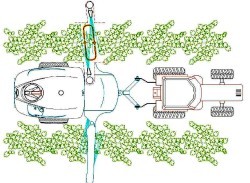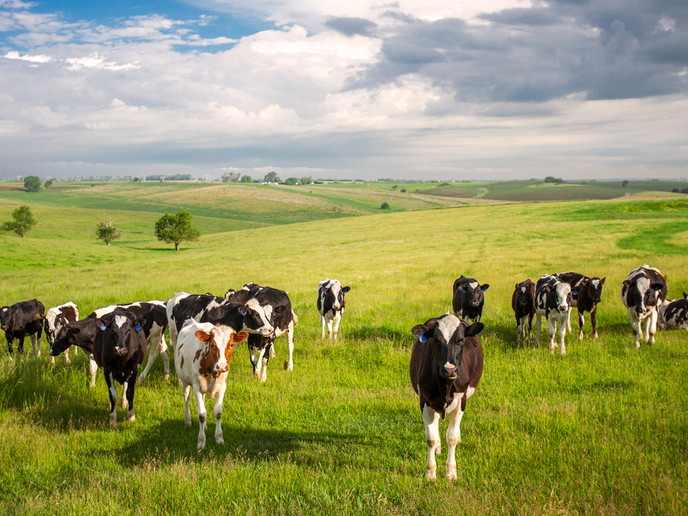New, better raspberries for Europe
Raspberries, long a highly favoured fruit, are now seen almost as a health supplement too, increasing their already high value. However, Europe is losing market share to international competitors. The solution: produce better raspberries that are healthier for consumers and the environment. Hence, the EU funded the 'New agricultural practices for quality production of red fruits enriched in healthy compounds' (QUALIREDFRUITS)(opens in new window) project. Now completed, the project ran for two years, bringing together five research organisations and seven small and medium-sized enterprises (SMEs) from seven EU countries. Consumers increasingly expect fruit rich in antioxidants, while also being grown in environmentally safe ways. As such, the project had two key objectives. It aimed to compare current raspberry varieties in terms of antioxidant content. Its other focus was the design of cultivation methods suitable for the selected varieties, employing beneficial microorganisms (fungi and bacteria) while also boosting the plants' natural defences. These practices would greatly reduce chemical usage while yielding varieties with increased antioxidant levels. Starting with over 100 varieties, 37 were selected for detailed testing. This gave a shortlist of varieties that could be separately bred for different purposes, whether antioxidant content or size, for later cross-breeding. Various chemical agents that promote plant defences were tested, and several were found to reduce damage caused by root rot fungal disease. The project also found indicators of compatibility between these chemical agents and biotisation — e.g. the use of beneficial microorganisms. Although field tests in five countries yielded different results in different regions, the effectiveness of the combined methods overall was shown. This yielded a specific protocol for SMEs, matching different varieties to different locations and tailoring cultivation methods to those locations. QUALIREDFRUITS also discussed intellectual property protection options. However, due to various difficulties, the project opted initially for a promotion and consolidation agreement rather than outright protection. Another question remains regarding whether or not the cross-bred traits are truly heritable enough to warrant a patented variety. Given the project outcomes, the maturity of a certification scheme under consideration and market analyses, Europe may eventually look forward to superior varieties of high-antioxidant raspberries. This may mean a larger market share for European SMEs.







